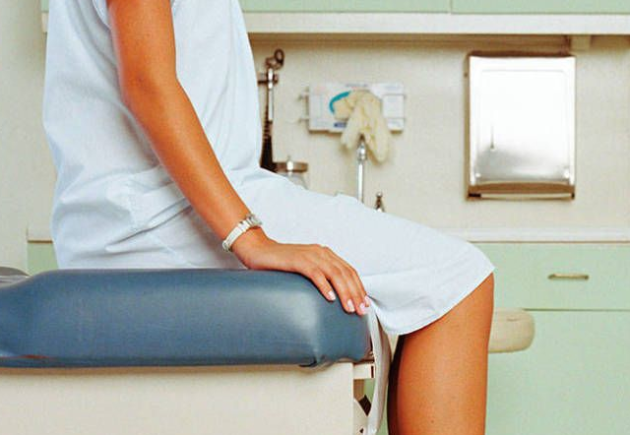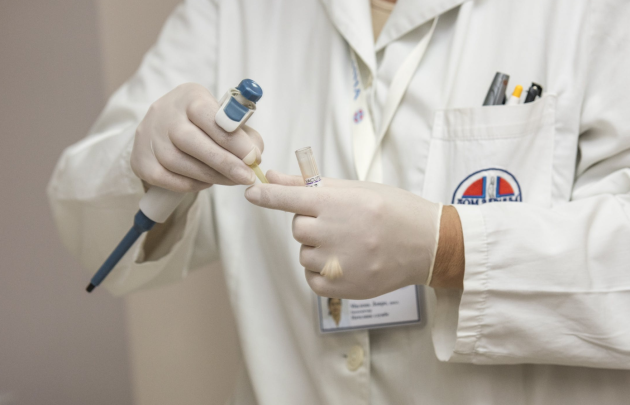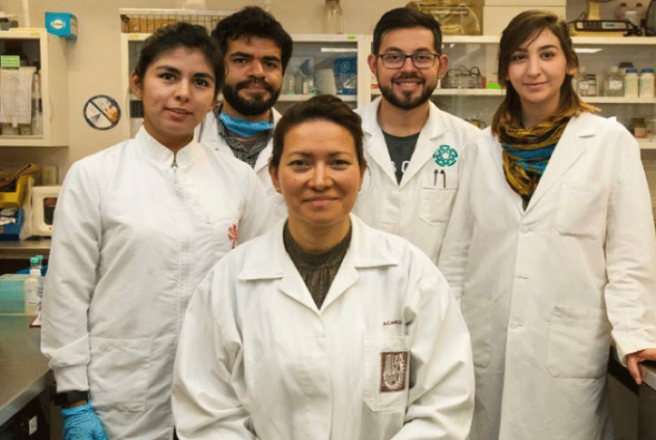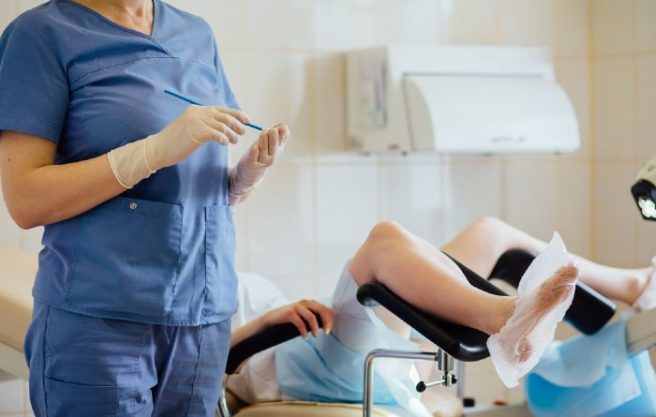
Here’s everything you should know about getting your first smear test
Smear testing is the most effective way to detect changes in the cells of the cervix and is an essential tool in the early detection of cervical cancer.
The free procedure is available to all Irish women over the age of 25, however, recent statistics have raised concerns over the amount of women choosing to ignore the potentially live-saving service.
Worrying new figures show that an increasing amount of young women are avoiding smear tests over body image concerns.
A survey conducted by the UK-based Jo's Cervical Cancer Trust showed that 35 per cent of women cited embarrassment as the main reason for avoiding their appointments, with issues around body weight and odours being the primary offenders.
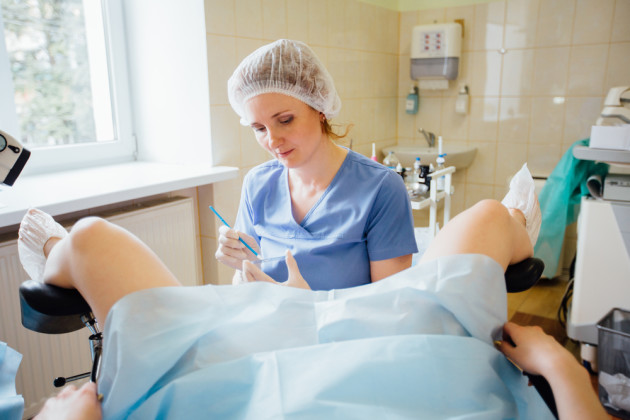
Rather surprisingly, 48 per cent of the 2,017 participants mentioned feeling anxious about the appearance of their vulva.
Sure, nobody likes to have a stranger get up close and personal with their private parts, but it's worth remembering that these people have seen it ALL before.
The doctors and nurse who perform these procedures are looking out for your best interest and definitely don't care if you're covered in razor bumps.
Still sceptical? Here's a a breakdown of what to expect at your first smear test to ease any concerns you may have.

1. Pre- appointment
Upon turning 25 you'll receive a letter inviting you to make an appointment for your first free smear test.
Most GPs will offer the service, and with over 4,500 doctors and nurses registered with CervicalCheck, a trusted provider is always close by.
You can find the full list of GP practices, Women's Health, Family Planning and Well Woman Clinics nationwide here.
2. During appointment
When you arrive for your appointment you'll be asked to consent to the procedure by signing a Cervical Screening Form.
You'll then be taken to a private room where you'll be asked to remove the bottom half of your clothing.
(Pro-tip: Wear a skirt or a dress to speed up the process).
The doctor or nurse will then insert an instrument called a speculum into your vagina to hold it open.
A small brush will then be used to remove a sample of cells from the cervix (the area where the top of you vagina leads to the uterus)
Needless to say, the sensation may feel slightly uncomfortable, but it should not be painful and should only take a few minutes.
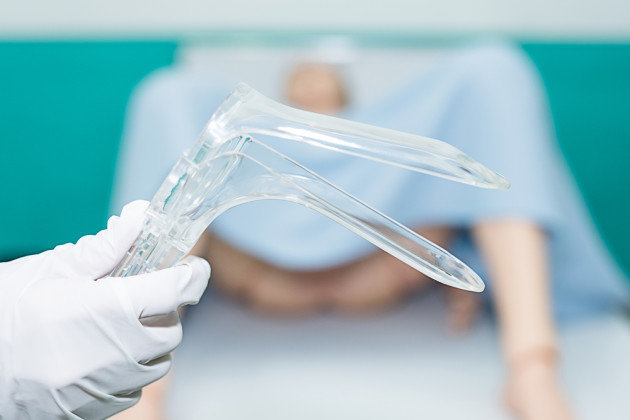
3. Post- appointment
The sample is then sent to the laboratory where it will be examined for cell changes under a microscope.
Once the lab results have been returned, the doctor or nurse who carried out the test will let you know whether or not anything abnormal was found.
However, it's important to remember that even if a result is not normal, it does not necessarily mean you have cancer.
Infections and minor cell changes can also produce abnormal result. Your doctor will then let you know about any follow-up appointments you may need.
If your result shows no abnormalities you will be offered another free screening in three years time.
Now, that doesn't sound so bad, does it?
For more information or to find a registered practitioner in your local area log on to cervicalcheck.ie.








